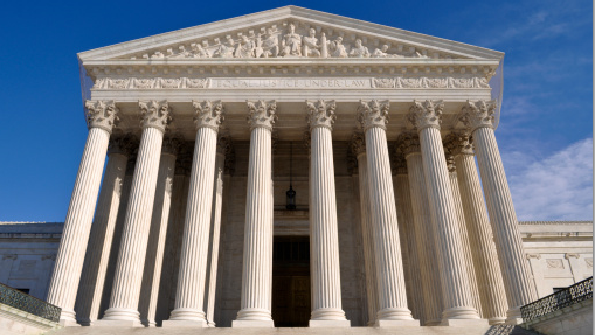One question I heard often is "When is Mobile DTV going to take off?" I think one of the reasons this question comes up is that Mobile DTV has been one of the up and coming broadcast TV technologies since Samsung introduced A-VSB at the NAB Show in 2006, six years ago! At this year's NAB, I think we have an answer.
At the 2007 NAB Show, Harris and LG offered the MPH (Mobile Portable Handheld) technology they claimed was better and more efficient than A-VSB. Remember the bus tours from both groups showing the benefits of their technology? The competition led to improvements. Thanks to the efforts of the Open Mobile Video Coalition (OMVC) and its members working together with consumer electronics manufacturers in the ATSC, a standard for Mobile DTV (A/153) was released in October 2009. There were demonstrations using an early version of the proposed standard at the 2009 NAB Show.
While you have been hearing about U.S. Mobile DTV broadcasting for six years, the standard has been out for less than half that time. It has taken awhile, but I think this year's NAB Show provided evidence Mobile DTV is finally set to take off. The reason is that the OMVC, together with the Mobile500 Alliance and Mobile Content Venture (MCV) business groups, have succeeded in getting enough stations to commit to broadcasting mobile DTV. At least for the Mobile Content Venture, a significant number of Mobile DTV stations in many markets are on the air now, although with many of them encrypting their signals, none of the existing receivers can view them. Lack of a variety of receiver choices has also been a problem for Mobile DTV.
That should change early this Fall when the smartphones from LG and Samsung with Mobile DTV that were displayed at MCV's Dyle TV booth in the Mobile DTV Pavilion at the NAB Show become available. Another option for Dyle TV and unencrypted Mobile DTV that should be available this Fall is the Android-based receiver from RCA (DST) with both mobile and conventional ATSC reception, along with web-browsing and some basic Android applications. The design includes an innovative flat antenna that's part of the folding case. The unencrypted and Dyle encrypted broadcasts will also be able to be viewed on iPads and iPhones using a small Belkin dongle that should be available within the next six months. A working prototype was on display at the Dyle booth. The Mobile500 Alliance also showed a dongle for iPads and iPhones from ElGato. Other companies are planning devices for encrypted and unencrypted Mobile DTV reception on a variety of devices.
At the 2013 NAB Show I think we'll look back and say 2012 was the year that Mobile DTV took off and became an established part of the U.S. broadcast TV infrastructure.
Mobile DTV capability is now available either as part of the standard offering or an option on most ATSC exciters. Transmitter companies have recognized it's important to support Mobile DTV. I'm pleased to see that most transmitter exciters work with other company's Mobile DTV multiplexers, so customers are free to pick the configuration that works best for them.
The professional video industry's #1 source for news, trends and product and tech information. Sign up below.

Doug Lung is one of America's foremost authorities on broadcast RF technology. As vice president of Broadcast Technology for NBCUniversal Local, H. Douglas Lung leads NBC and Telemundo-owned stations’ RF and transmission affairs, including microwave, radars, satellite uplinks, and FCC technical filings. Beginning his career in 1976 at KSCI in Los Angeles, Lung has nearly 50 years of experience in broadcast television engineering. Beginning in 1985, he led the engineering department for what was to become the Telemundo network and station group, assisting in the design, construction and installation of the company’s broadcast and cable facilities. Other projects include work on the launch of Hawaii’s first UHF TV station, the rollout and testing of the ATSC mobile-handheld standard, and software development related to the incentive auction TV spectrum repack. A longtime columnist for TV Technology, Doug is also a regular contributor to IEEE Broadcast Technology. He is the recipient of the 2023 NAB Television Engineering Award. He also received a Tech Leadership Award from TV Tech publisher Future plc in 2021 and is a member of the IEEE Broadcast Technology Society and the Society of Broadcast Engineers.
